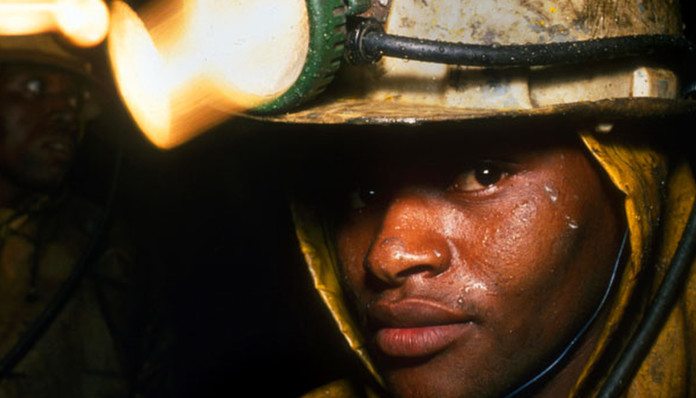
ANGLOGOLD Ashanti CEO, Srinivasan Venkatakrishnan, came up with an interesting illustration of how the increasing number of safety audits conducted on South Africa’s mines by the Department of Mineral Resources (DMR) was getting out of hand.
Speaking at the group’s results presentation on August 5, Venkatakrishnan compared the audits to a freeway accident where the authorities had resolved to check the brakes of every car on the freeway instead of just the cars involved in the accident.
Those kind of allusions are useful descriptions of why mining firms are losing their patience with the DMR’s approach, but it’s hard to argue with the DMR because it has the moral high ground. After all, on-mine fatalities this year are set to outstrip the previous year even though fatalities in 2015 represented a record low.
An even better illustration of the problems, however, is a founding affidavit that was due to be filed by Sibanye Platinum, a division of Sibanye Gold, in the Labour Court in Johannesburg before the DMR relented and reduced a Section 54 notice at the firm’s Kroondal Platinum Mine into the less onerous Section 55 notice.
Section 54 refers to the Mine Health & Safety Act (MHSA) which allows the DMR to shut down a mine in order to conduct an investigation in the event of an accident or if, during a routine safety audit, the mine has been found wanting. A Section 55 allows a mining company to keep the affected mine open and only remediate that part of the mine where the accident occurred.
The affidavit details events beginning with a fatal underground accident at Kroondal on August 19 and ending with a farcical meeting at the DMR’s office in Pretoria three working shifts later in which some R40m had already been lost in revenue at the mine.
The fatal accident appears to be behavioural, but the the North West province office of the DMR imposed seemingly unrelated strictures across the entire mine which the company couldn’t have reviewed despite interventions involving Jean Nel, CEO of Sibanye Platinum and Neal Froneman, CEO of Sibanye Gold, the listed parent company.
At every intervention, a new stricture was imposed. When Nel spoke to the Principal Inspector of the local office, he was told the mine was unsafe because Sibanye Platinum had not followed up on an earlier invitation for the inspectors to attend a safety meeting with employees at the mine. According to the affidavit, an invitation had been made to the chief inspector who could not attend on the specified dates.
Nonetheless, the DMR was unmoved. When Froneman approached the Chief Inspector in Pretoria, he was told the Principal Inspector was slighted during a previous Section 54 incident because Sibanye Platinum had written to the Chief Inspector after failing to make progress on lifting the ban with the Principle Inspector.
When the sides met in Pretoria, Sibanye Platinum’s presentation was interrupted because the DMR was unhappy with the way audit forms to account for the safety of trackless mining machines (TMM) had been completed.
The meeting was adjourned with Sibanye Platinum facing a new set of demands which called for a new audit form for TMMs and that TMM operator training had been incomplete. In addition, Sibanye did not have any AMCU officials accompanying it to the meeting in Pretoria which could, therefore, not continue.
Said Sibanye Platinum in the affidavit: “The applicant cannot afford a continuing shut-down of its operations at the mercy of the respondents with no reasonable justification whatsover.
“The conduct of the Principal Inspector is nothing short of misguided and wrongful. If the applicant is required to have its operation closed down for the full time it may take for it to vindicate its legal rights, it will go out of business and its staff will necessarily no longer be employed by it”. Kroondal employs 9,000 people.
The essence of the exchange detailed in the affidavit demonstrates the highly dysfunctional relationship that exists between the North West office of the DMR and the mining sector and is an example of a wider breakdown between the sector and the South African government broadly.








